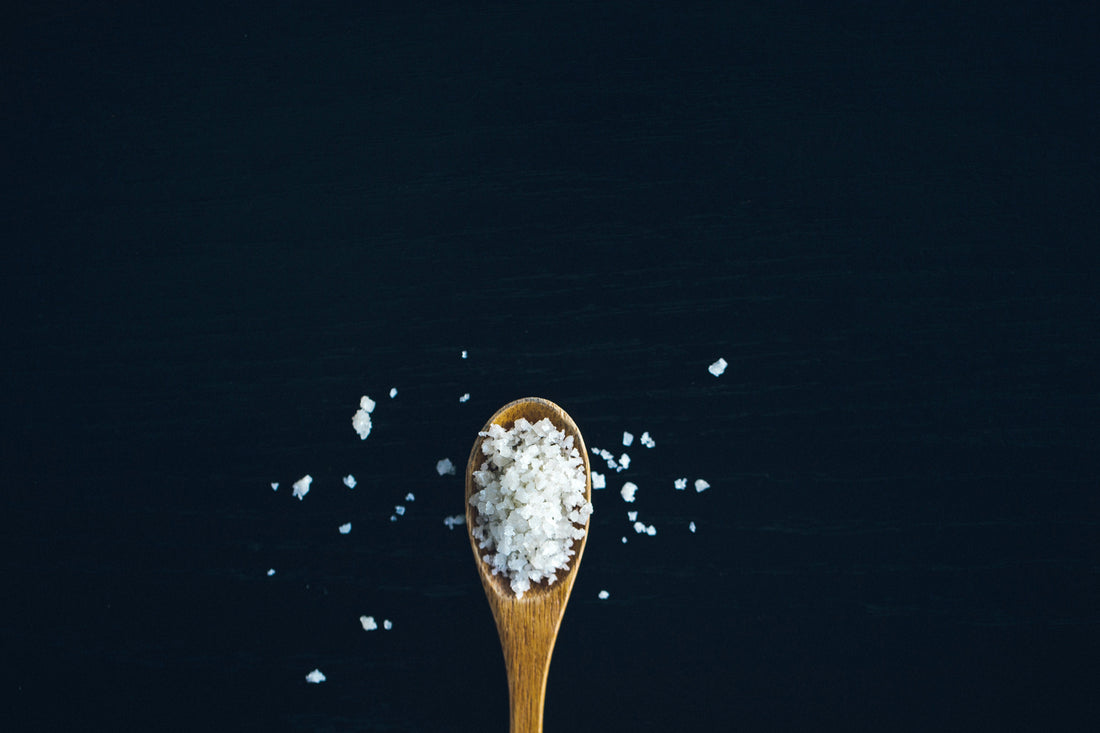
Mastering Beef Jerky: The Art of Perfect Curing
Chad MathewsShare
What is Beef Jerky Cure?
Beef jerky cure is a crucial blend of ingredients, primarily salt, sugar, and sometimes nitrates or nitrites, that preserves the meat while enhancing its flavor. This curing process not only prevents bacterial growth, particularly from harmful pathogens like Clostridium botulinum, but also intensifies the natural taste of the beef. Proper curing can significantly extend the shelf life of your jerky, making it a delicious and safe snack.
The curing process involves either dry or wet methods, each offering unique benefits.
Why Cure Beef Jerky?
Curing beef jerky is essential for transforming raw meat into a flavorful, shelf-stable snack. This process involves a blend of salt, sugar, and sometimes nitrates, which not only enhances the taste but also prevents bacterial growth, ensuring safety during consumption.
The curing mixture acts as a preservative, extending the jerky's shelf life significantly. With proper curing, your homemade jerky can last from several weeks to months, depending on storage conditions. This longevity makes it an ideal on-the-go snack for outdoor adventures or busy days.
Moreover, curing beef jerky intensifies its natural flavors. The salt draws out moisture while enhancing the meat's inherent taste, and sugar balances the saltiness, creating a well-rounded flavor profile. Nitrates contribute to the signature cured taste that jerky enthusiasts love.
Ultimately, the curing process is a crucial step in making delicious beef jerky. It not only ensures safety and longevity but also elevates the overall flavor experience. By mastering this technique, you can enjoy a homemade treat that rivals store-bought options.
Choosing the Right Meat
When it comes to making your own jerky, selecting the right cut of meat is crucial. Lean cuts like top round, bottom round, and eye of round are ideal choices, as they contain minimal fat. Fat can spoil during the drying process, leading to greasy jerky and a shorter shelf life. Prioritizing lean cuts ensures a flavorful and long-lasting treat.
The thickness of your meat slices also plays a significant role in the final texture of your jerky. Cutting the meat into strips of 1/8 to 1/4 inch allows for optimal drying, with thinner pieces resulting in a chewier texture. Additionally, slicing against the grain yields a more tender jerky, making it easier to enjoy. Proper slicing techniques enhance both flavor and mouthfeel.
Curing is another essential step that enhances the flavor and preserves the meat. A blend of salt, sugar, and optional nitrates creates a protective barrier against bacteria while intensifying the natural flavors. This curing process not only extends the shelf life of your jerky but also contributes to its signature taste. By mastering the art of curing, you elevate your jerky-making experience.
Slicing Techniques for Jerky
Slicing techniques play a crucial role in achieving the perfect jerky texture. For optimal results, meat should be cut into strips approximately 1/8 to 1/4 inch thick. Thinner slices dry faster and yield a chewier product, while slightly thicker pieces offer a more tender bite. Additionally, slicing against the grain enhances tenderness, making the jerky easier to chew.
To ensure precision, it's advisable to partially freeze the meat for about one to two hours before slicing. This firming up of the meat allows for cleaner cuts. The choice of meat cut also impacts the final product; lean cuts like top round or eye of round are ideal, as they contain minimal fat, which can lead to spoilage.
Proper slicing and meat selection are essential for creating delicious, long-lasting jerky.
Creating Your Curing Mix
Creating your curing mix is essential for crafting delicious beef jerky that boasts both flavor and longevity. A well-balanced blend of salt, sugar, and optional nitrates or nitrites not only preserves the meat but also enhances its taste. Adding spices like garlic or black pepper can elevate the flavor profile, making your jerky a truly satisfying snack.Curing Methods Explained
Curing methods are essential in the jerky-making process, as they not only preserve the meat but also enhance its flavor. A proper cure typically consists of salt, sugar, and sometimes nitrates or nitrites, which work together to inhibit bacterial growth and extend shelf life. This foundational step ensures that your jerky remains safe to eat while delivering a rich, savory taste.
The curing process can be approached through dry or wet methods, each offering unique benefits. Dry curing involves rubbing a mixture directly onto the meat, while wet curing submerges it in a brine solution. Regardless of the method chosen, allowing the meat to absorb the cure for 12 to 36 hours is crucial for achieving the desired flavor and texture, setting the stage for a delicious jerky experience.
Curing Time and Storage
Curing beef jerky is a crucial step that enhances both flavor and shelf life. This process involves a blend of salt, sugar, and sometimes nitrates or nitrites, which work together to preserve the meat and inhibit bacterial growth. Proper curing not only prevents spoilage but also intensifies the natural flavors, making your jerky a delicious and safe snack.
The curing time typically ranges from 12 to 36 hours, depending on whether you choose a dry or wet method. A longer curing time allows the meat to absorb more flavors, but it’s essential to avoid exceeding 24 hours for dry curing to prevent excessive saltiness. After curing, rinsing off any excess mixture is vital to achieve the perfect balance of taste in your final product.
Storage is equally important for maintaining the quality of your jerky. Properly cured jerky can last several weeks in a pantry, but refrigeration or freezing can extend its shelf life significantly. Using airtight containers or vacuum-sealed bags will help preserve freshness, ensuring that your homemade jerky remains a tasty treat for as long as possible.
